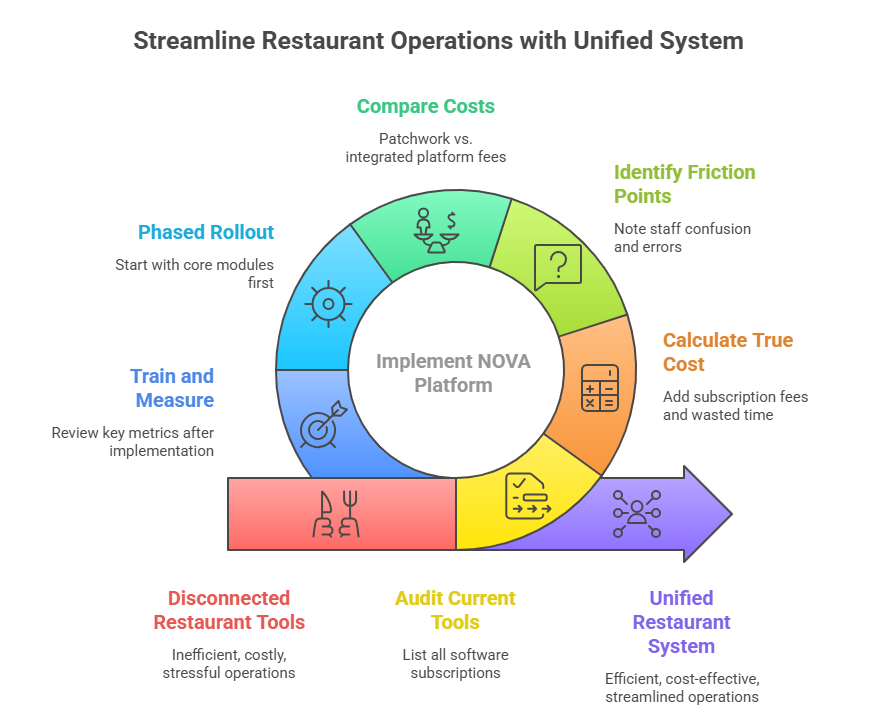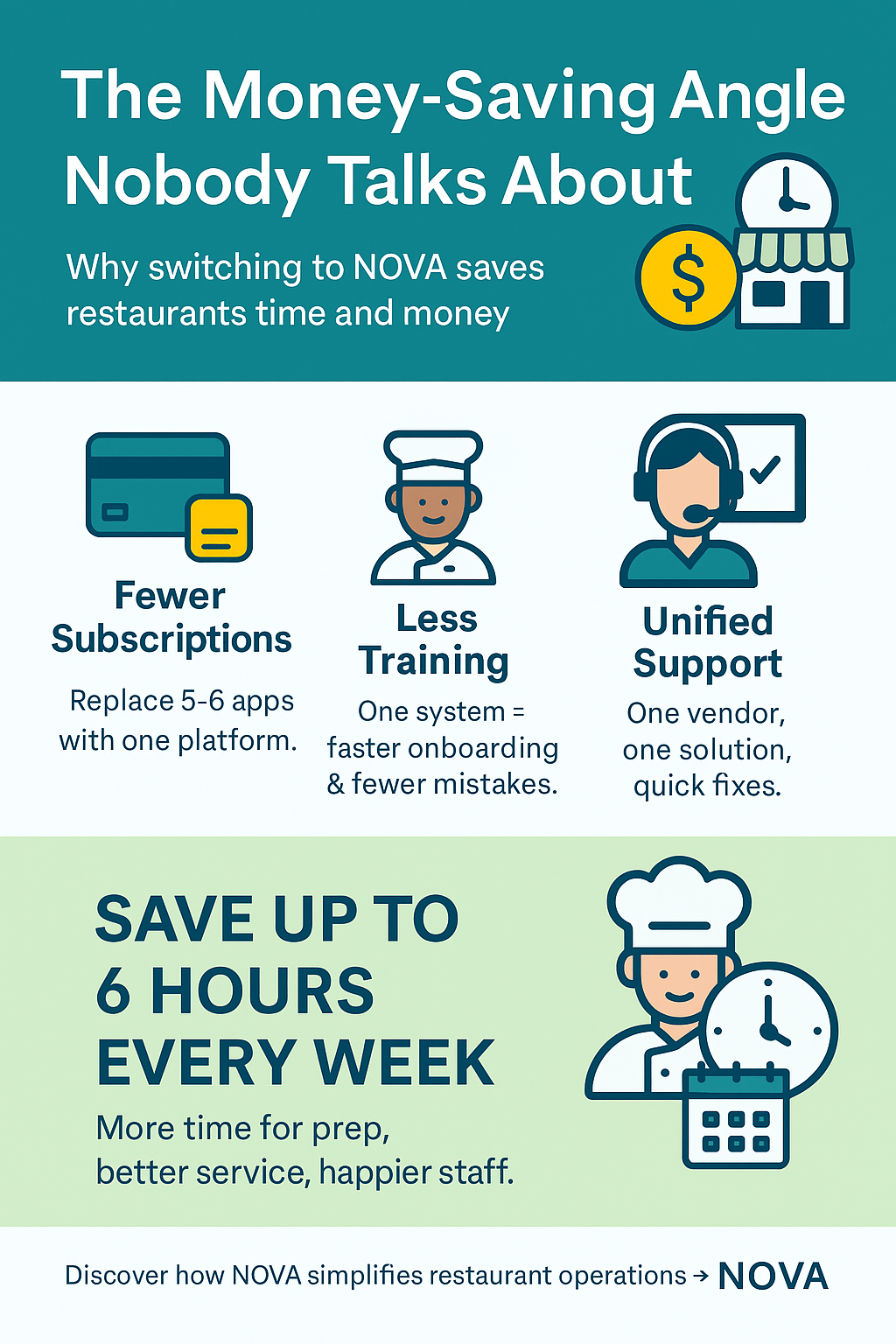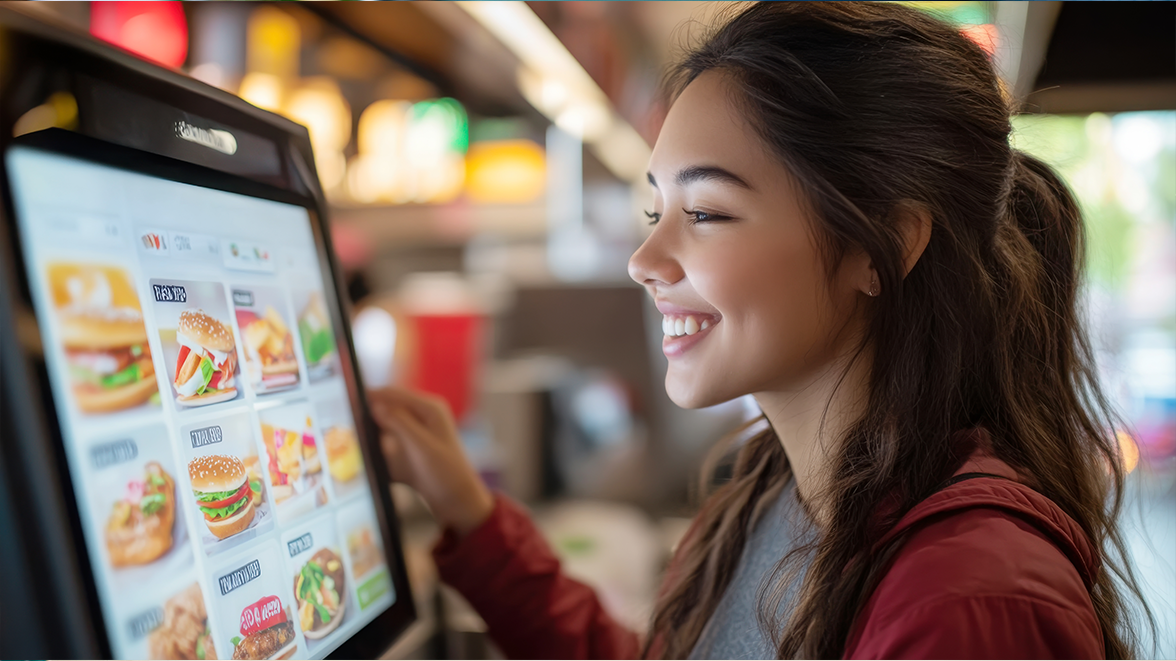
Unlock Profit Potential with Data
Running a successful restaurant goes beyond serving delicious food—it’s about crafting a menu that maximizes profitability. Many owners rely on gut feelings to design menus, guessing which dishes are popular or profitable. But popularity doesn’t always equal profit. High-cost ingredients or oversized portions can erode margins, even for bestsellers. That’s where menu engineering, powered by data, transforms guesswork into strategy.
By leveraging insights from restaurant POS systems, you can analyze sales, costs, and inventory to make informed decisions. This guide shows you how to use data to engineer a menu that boosts profits while keeping customers happy.

The Pitfall of Guesswork-Based Menus
Without data, menus are often built on assumptions. Managers prioritize dishes that seem popular without checking their true costs. This leads to:
Low-profit items dominating the menu.
Overuse of expensive ingredients.
Cluttered menus confusing customers.
Waste from unsold or low-performing dishes.
For instance, selling 100 low-margin sandwiches weekly might seem better than 20 high-margin steaks. But data reveals the steaks generate more profit. A robust restaurant menu management software uncovers these insights, guiding smarter menu choices.
What Is Menu Engineering?
Menu engineering uses data to analyze each dish’s performance, focusing on:
Popularity: How often a dish sells.
Profitability: The profit after ingredient costs.
Each menu item falls into one of four categories:
Stars: High sales, high profit—your best performers.
Plowhorses: High sales, low profit—popular but less lucrative.
Puzzles: Low sales, high profit—great margins but underordered.
Dogs: Low sales, low profit—candidates for removal.
With POS data, you can categorize items and optimize your menu for maximum profit.
How POS Data Simplifies Menu Engineering
Modern Restaurant Data Analytics platforms, like NOVA, turn raw sales data into actionable insights. Here’s how:
Sales Tracking: Identifies top-selling dishes and their peak times (e.g., lunch vs. dinner).
Cost Analysis: Links inventory to track exact ingredient costs per dish.
Profit Margins: Compares selling price to costs for true profitability.
Slow Movers: Spots low-performing items to reduce waste and refine the menu.
These insights eliminate guesswork, letting you focus on what drives revenue.
Steps to Engineer a Profitable Menu
Collect Data: Pull POS reports for at least a month, including sales, costs, and profits per dish.
Analyze Performance: Identify top sellers, high-profit items, and underperformers.
Categorize Items: Label each dish as a Star, Plowhorse, Puzzle, or Dog using your POS dashboard.
Optimize the Menu:
Promote Stars with prime menu placement or specials.
Adjust Plowhorses by tweaking portions, prices, or ingredients.
Boost Puzzles with better names or staff upselling.
Remove Dogs and test new dishes.
Monitor Results: Check data after a few weeks to measure improvements and refine further.
Real-Time Data for Faster Decisions
Real-time POS data lets you act quickly. Adjust prices when ingredient costs rise, tweak promotions based on sales trends, or spot sudden drops in demand. NOVA’s dashboard provides instant insights across single or multiple locations, replacing outdated monthly reports with dynamic, data-driven decisions.
Cutting Waste with Menu Insights
Food waste silently cuts into profits. POS data helps by:
Highlighting unsold dishes to reduce prep.
Aligning ingredient orders with demand.
Identifying seasonal trends (e.g., fewer salads in winter).
For example, if desserts sell poorly after 9 PM, you can scale back prep and save costs. Connected menu and inventory data make waste prevention automatic.
Smarter Pricing with Data
Pricing is a balancing act. POS data shows:
Average customer spend and popular price points.
How price changes affect demand.
Opportunities for combos (e.g., burgers + fries) to increase order value.
Test small price tweaks and monitor results in real-time to find the sweet spot between customer appeal and profitability.
Enhancing Customer Experience
Data reveals customer preferences, like popular categories or frequent modifiers (e.g., extra sauce). Use this to tailor your menu, making it feel personalized. Staff can recommend high-profit items confidently, improving guest satisfaction and boosting revenue.
Common Menu Engineering Mistakes
Avoid these pitfalls:
Focusing solely on sales, ignoring profits.
Overhauling the menu too quickly.
Keeping low-margin bestsellers without adjustments.
Neglecting regular data reviews.
Menu engineering is ongoing. Regular checks ensure your menu adapts to trends, seasons, and cost changes.
How NOVA Simplifies Menu Engineering
NOVA’s all-in-one platform integrates POS, inventory, and analytics, offering:
Menu Performance Dashboard: Tracks profit leaders.
Ingredient Cost Tracking: Updates with supplier price changes.
Smart Reports: Highlights trends and underperformers.
AI Suggestions: Recommends promotions or bundles.
Real-Time Alerts: Flags margin drops or costly ingredients.
With everything in one system, you save time and make confident, data-backed decisions.

The Future of Menu Engineering
Advancements in AI and analytics will soon predict sales trends, suggest competitive prices, and recommend new dishes based on customer behavior. NOVA’s AI-driven platform is already paving the way, helping restaurants stay profitable and competitive.
Frequently Asked Questions
What data matters most for menu engineering?
Popularity (sales volume) and profitability (margin per dish) are key for a complete picture.
How often should I update my menu?
Review quarterly, but real-time data allows ongoing tweaks.
Can menu engineering boost profits?
Yes, optimizing high-profit items and cutting low performers can significantly increase margins.
Do I need data expertise?
No, platforms like NOVA simplify insights with user-friendly dashboards.
What’s the difference between a POS and menu management software?
A POS handles sales, while menu management software analyzes and optimizes menu performance.
How does Restaurant Data Analytics help?
It provides actionable insights for menu, pricing, and operational decisions.
Will menu changes upset regulars?
Not if done thoughtfully—use data to preserve favorites while enhancing the experience.
Data: Your Recipe for Success
A data-driven menu turns insights into profits. By understanding what sells and what earns, you can reduce waste, optimize pricing, and delight customers. NOVA’s integrated POS system makes this easy, transforming your menu into a profit powerhouse.
Book a free demo today to see how data-driven menu engineering drives real results.







Write a comment ...